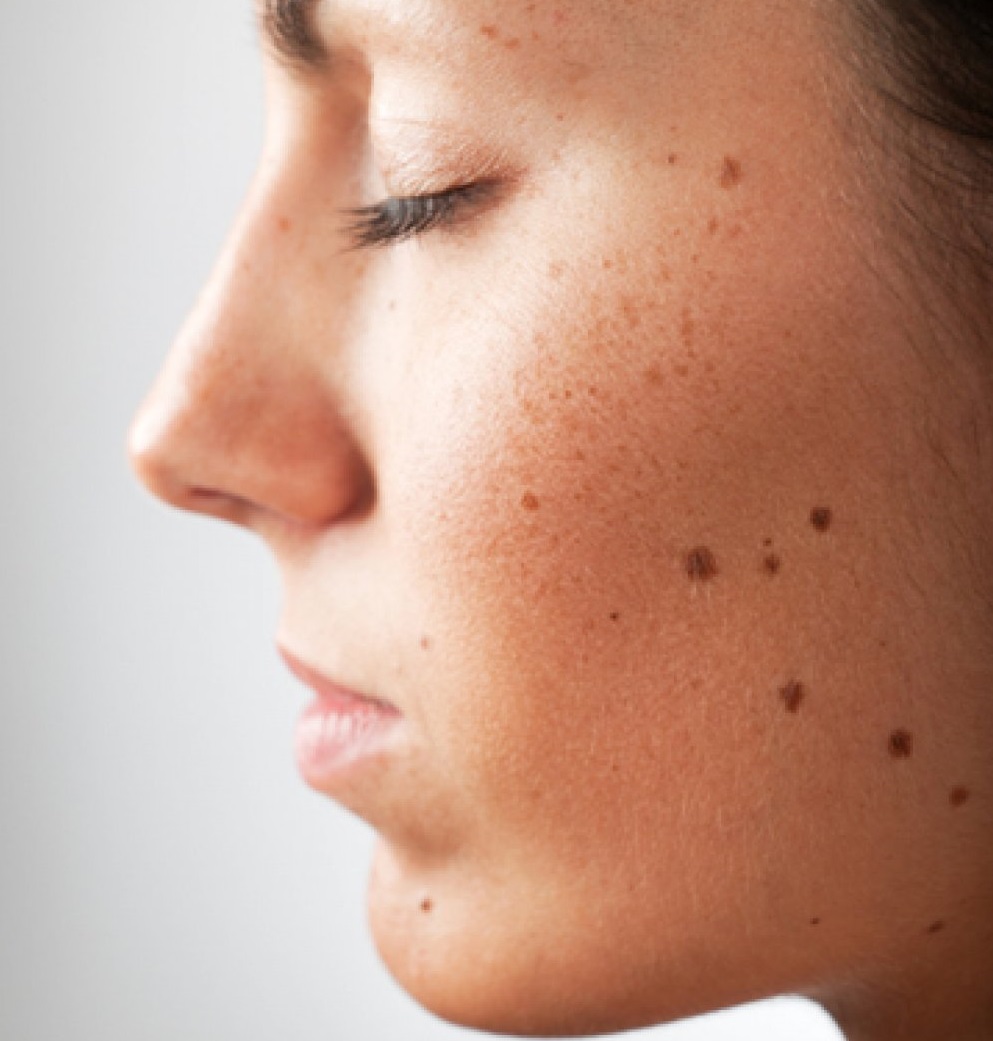Face moles are a common skin condition that can affect anyone, regardless of age or ethnicity. These small, dark spots can appear on various parts of the face and body and often raise questions about their significance and the best ways to manage them. In this article, we will delve into the world of face moles, exploring their types, potential causes, and the various treatment options available. Understanding face moles is crucial for maintaining healthy skin and ensuring that any changes are monitored carefully.
In recent years, there has been a growing interest in skin health, particularly concerning moles and their implications. While many face moles are benign and harmless, some may require further investigation, especially if they exhibit changes in color, size, or shape. This article aims to provide you with comprehensive knowledge about face moles, empowering you to make informed decisions about your skin health.
Whether you are concerned about a mole that has appeared on your face or simply want to learn more about this common phenomenon, this guide will cover everything you need to know. From identification to treatment, we will equip you with the information necessary for understanding and managing face moles effectively.
Table of Contents
- Types of Face Moles
- Causes of Face Moles
- When to See a Doctor
- Diagnosis of Face Moles
- Treatment Options for Face Moles
- Home Remedies for Face Moles
- Preventive Measures for Face Moles
- Conclusion
Types of Face Moles
Face moles come in various forms, and understanding their types is essential for proper identification. Here are the most common types of face moles:
- Common Moles (Nevus): These are typically small, round, and brown or black in color. They are usually harmless.
- Congenital Moles: Present at birth, these moles can vary in size and color. Some may require monitoring for changes.
- Atypical Moles: Also known as dysplastic nevi, these moles have irregular shapes and colors and may be a sign of increased melanoma risk.
- Senile Keratosis: Often seen in older adults, these rough, scaly patches may appear on sun-exposed areas.
Causes of Face Moles
The development of face moles is influenced by several factors, including:
- Genetics: A family history of moles can increase the likelihood of developing them.
- Sun Exposure: Prolonged exposure to UV radiation can lead to the formation of new moles.
- Hormonal Changes: Hormonal fluctuations, such as those that occur during puberty or pregnancy, can trigger the appearance of moles.
Genetic Factors
Genetics play a significant role in mole development. If your parents or siblings have many moles, you may be more prone to developing them as well.
Environmental Factors
Environmental factors, particularly UV exposure from the sun or tanning beds, can contribute to the growth of face moles. Protecting your skin from excessive sun exposure is vital.
When to See a Doctor
It's essential to monitor your face moles for any changes. You should see a doctor if you notice:
- Changes in size, shape, or color of an existing mole.
- A mole that bleeds, itches, or becomes painful.
- The appearance of a new mole after the age of 30.
Diagnosis of Face Moles
Diagnosing face moles typically involves a visual examination by a dermatologist. They may use dermoscopy, a tool that allows for a closer look at the mole's structure. If there is concern about a mole's potential for cancer, a biopsy may be performed.
Treatment Options for Face Moles
While many face moles do not require treatment, options are available if you wish to remove them:
- Surgical Excision: This involves cutting out the mole along with some surrounding skin.
- Shave Removal: A dermatologist can shave off the mole level with the skin.
- Cryotherapy: Freezing the mole with liquid nitrogen can effectively remove it.
Home Remedies for Face Moles
While professional treatment is recommended for suspicious moles, some home remedies may help lighten or reduce the appearance of harmless moles:
- Apple Cider Vinegar: Applying diluted apple cider vinegar may help lighten moles over time.
- Garlic: Applying fresh garlic may also help reduce the appearance of moles due to its natural enzymes.
- Honey: Known for its healing properties, honey can be applied to moles to promote skin health.
Preventive Measures for Face Moles
Taking preventive measures can help reduce the risk of developing new moles:
- Use sunscreen with a high SPF to protect your skin from UV damage.
- Avoid tanning beds and prolonged sun exposure.
- Regularly monitor your skin for changes in existing moles.
Conclusion
Understanding face moles is crucial for maintaining skin health and ensuring early detection of any potential issues. By being aware of the types of moles, their causes, and the treatment options available, you can take proactive steps to manage your skin health. If you have concerns about your moles, do not hesitate to consult a dermatologist. Remember, it’s essential to protect your skin from harmful UV rays and monitor any changes diligently.
We invite you to share your thoughts in the comments below or explore more articles on skin health that may interest you!
Thank you for reading! We hope to see you again soon for more informative content.




